
Filter News
Area of Research
- Advanced Manufacturing (4)
- Biology and Environment (24)
- Energy Science (68)
- Fuel Cycle Science and Technology (1)
- Fusion and Fission (15)
- Fusion Energy (1)
- Isotope Development and Production (1)
- Isotopes (3)
- Materials (56)
- Materials Characterization (2)
- Materials for Computing (7)
- Materials Under Extremes (1)
- National Security (16)
- Neutron Science (9)
- Nuclear Science and Technology (11)
- Sensors and Controls (1)
- Supercomputing (28)
News Type
News Topics
- (-) Exascale Computing (16)
- (-) Grid (23)
- (-) Machine Learning (23)
- (-) Materials (69)
- (-) Nuclear Energy (44)
- (-) Polymers (18)
- (-) Security (19)
- 3-D Printing/Advanced Manufacturing (61)
- Advanced Reactors (14)
- Artificial Intelligence (44)
- Big Data (20)
- Bioenergy (48)
- Biology (53)
- Biomedical (30)
- Biotechnology (17)
- Buildings (25)
- Chemical Sciences (44)
- Clean Water (9)
- Composites (15)
- Computer Science (77)
- Coronavirus (23)
- Critical Materials (13)
- Cybersecurity (23)
- Education (3)
- Element Discovery (1)
- Energy Storage (56)
- Environment (78)
- Fossil Energy (1)
- Frontier (19)
- Fusion (26)
- High-Performance Computing (43)
- Hydropower (2)
- Isotopes (33)
- ITER (3)
- Materials Science (71)
- Mathematics (5)
- Mercury (6)
- Microelectronics (1)
- Microscopy (28)
- Molten Salt (3)
- Nanotechnology (35)
- National Security (35)
- Neutron Science (64)
- Partnerships (33)
- Physics (42)
- Quantum Computing (14)
- Quantum Science (36)
- Simulation (18)
- Space Exploration (3)
- Statistics (1)
- Summit (24)
- Transportation (38)
Media Contacts
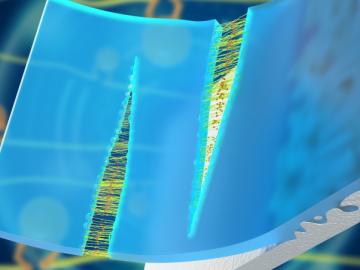
Research teams from the Department of Energy’s Oak Ridge National Laboratory and their technologies have received seven 2021 R&D 100 Awards, plus special recognition for a COVID-19-related project.

A team led by the ORNL has found a rare quantum material in which electrons move in coordinated ways, essentially “dancing.”
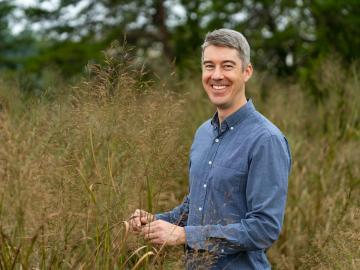
For ORNL environmental scientist and lover of the outdoors John Field, work in ecosystem modeling is a profession with tangible impacts.
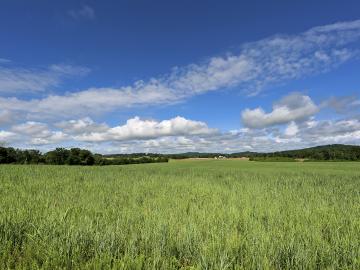
Nearly a billion acres of land in the United States is dedicated to agriculture, producing more than a trillion dollars of food products to feed the country and the world. Those same agricultural processes, however, also produced an estimated 700 million metric tons of carbon dioxide equivalent in 2018, according to the U.S. Department of Agriculture.

Pengfei Cao, a polymer chemist at ORNL, has been chosen to receive a 2021 Young Investigator Award from the Polymeric Materials: Science and Engineering Division of the American Chemical Society, or ACS PMSE.
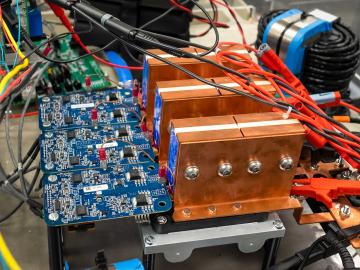
ORNL has licensed its wireless charging technology for electric vehicles to Brooklyn-based HEVO. The system provides the world’s highest power levels in the smallest package and could one day enable electric vehicles to be charged as they are driven at highway speeds.

Researchers at ORNL have developed a robotic disassembly system for spent electric vehicle battery packs to safely and efficiently recycle and reuse critical materials while reducing toxic waste.

A new tool that simulates the energy profile of every building in America will give homeowners, utilities and companies a quick way to determine energy use and cost-effective retrofits that can reduce energy and carbon emissions.
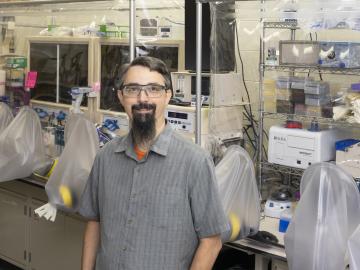
As a metabolic engineer at Oak Ridge National Laboratory, Adam Guss modifies microbes to perform the diverse processes needed to make sustainable biofuels and bioproducts.

As rising global temperatures alter ecosystems worldwide, the need to accurately simulate complex environmental processes under evolving conditions is more urgent than ever.


